People with nosebleeds should not tilt their heads back or bend forward too much, but should sit up straight to help stop the bleeding.
Nosebleeds (epistaxis) occur when the small, fragile blood vessels in the nose burst. Causes can include trauma, allergies, dry weather, extreme heat, high altitude, or an underlying medical condition.
A person with a nosebleed who tilts their head back reduces the amount of blood flowing from the nose, but can cause blood to flow back from the nose to the back of the throat. Blood can enter the airway, leading to choking or causing nausea, vomiting, or diarrhea. Conversely, tilting the head too far (sitting with the heart higher than the head) causes more bleeding.
To stop a nosebleed, sit in a chair with your back straight and lean slightly forward. Use your thumb and index finger to pinch the front of your nose (just above the nostril and below the base of the bony part) and hold for 5 minutes, then check to see if the bleeding has stopped. Once the bleeding has stopped, sit up straight and avoid bending over or blowing your nose.
Applying ice or a cold pack to the bridge of the nose, while staying calm and avoiding stress, can help reduce nosebleeds. People with nosebleeds can use tissue to absorb the blood, but do not use crumpled tissue or cotton balls to stuff the nose, as this can cause suffocation and increase the risk of infection.

People with nosebleeds should not tilt their heads back or bow their heads too far. Photo: Freepik
Nosebleeds are rarely dangerous. However, if the bleeding is continuous, lasts more than 20 minutes despite first aid, and is accompanied by symptoms such as pale skin, confusion, chest pain, difficulty breathing, swallowing a large amount of blood causing vomiting, the patient needs timely medical care. People with nosebleeds after serious nasal trauma such as traffic accidents should go to the nearest hospital for treatment.
When first aid measures fail to control a nosebleed, supportive medical interventions may include applying medication directly to the inside of the nose to stop the bleeding. Sealing (cauterizing) injured blood vessels with chemicals, or using a laser to help seal the blood vessels, stopping the bleeding more quickly.
This condition can be caused by genetic factors such as hemorrhagic telangiectasia. People who are taking blood thinners, which interfere with blood clotting, should consult their doctor about switching to another medication.
Avoid picking your nose with fingers that have sharp nails; control allergies and colds to avoid frequent nose blowing. Using nasal sprays or humidifiers also keeps your nose warm, limiting damage to blood vessels.
Avoid hitting your nose when doing activities such as playing sports or carrying heavy objects. If nosebleeds recur frequently, the patient should monitor and see a doctor early.
Bao Bao (According to Very Well Health )
| Readers ask questions about ear, nose and throat diseases here for doctors to answer |
Source link


![[Photo] Binh Trieu 1 Bridge has been completed, raised by 1.1m, and will open to traffic at the end of November.](https://vphoto.vietnam.vn/thumb/1200x675/vietnam/resource/IMAGE/2025/10/2/a6549e2a3b5848a1ba76a1ded6141fae)







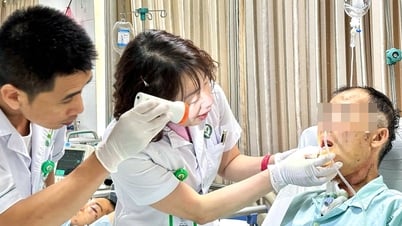


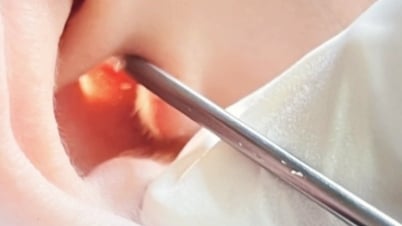


![[Video] Ministry of Health issues document to rectify medical examination and treatment work](https://vphoto.vietnam.vn/thumb/402x226/vietnam/resource/IMAGE/2025/10/2/54913f30a9934e18bcbb246c2c85f11d)




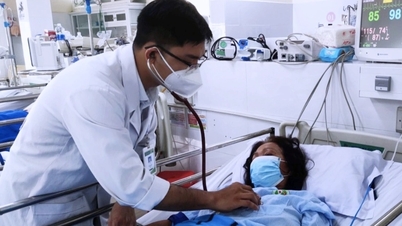
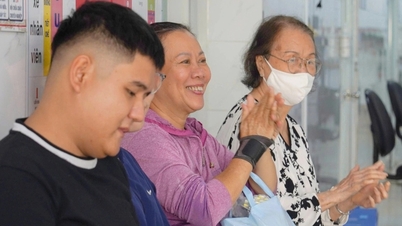
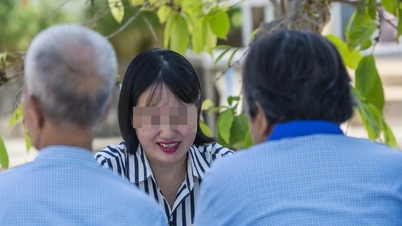












































































Comment (0)